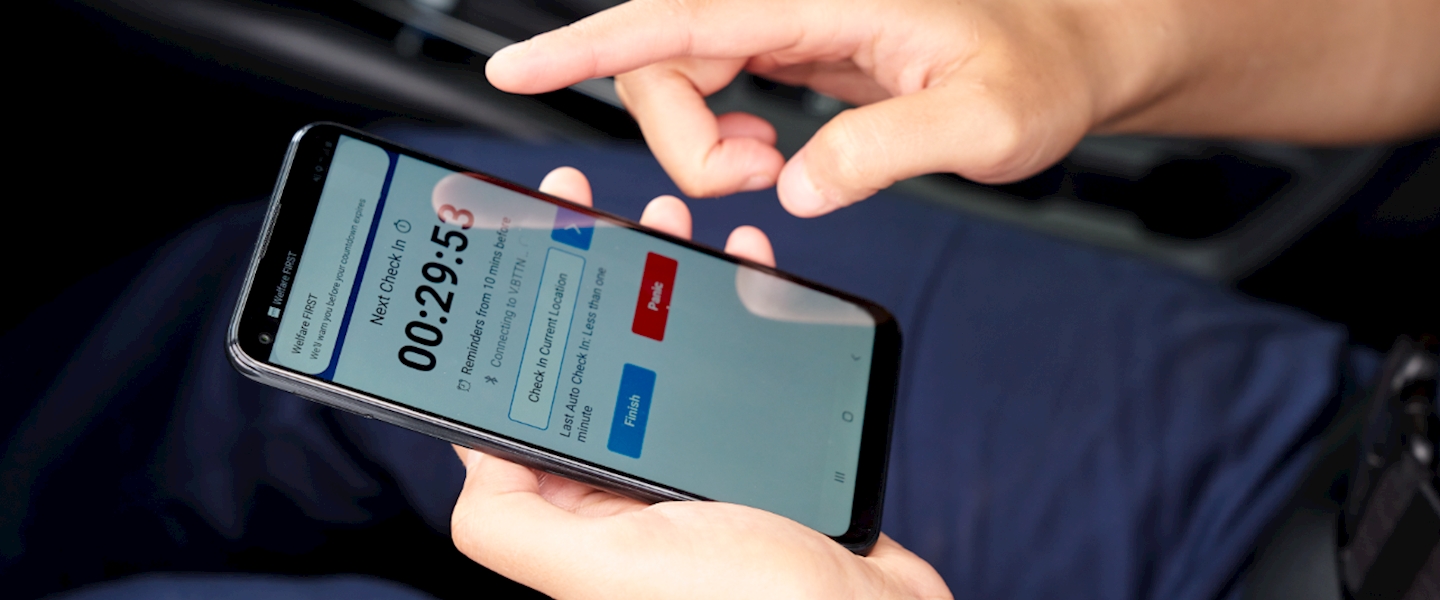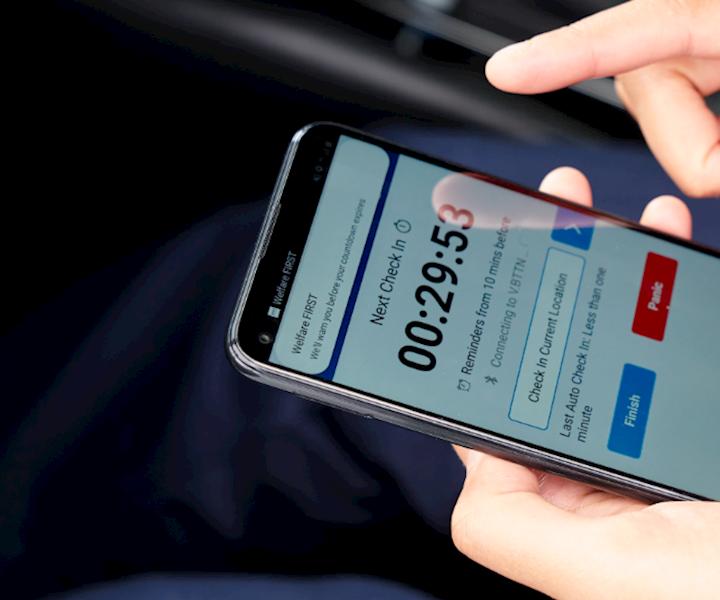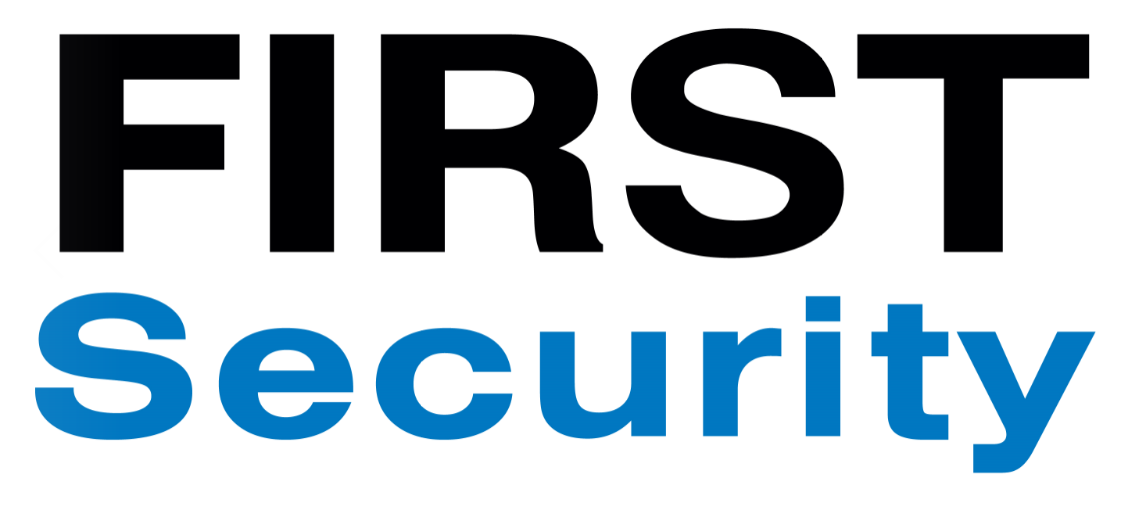Getting the health and safety of security officers right: Patrol Officers


A set of guidelines recently published by the New Zealand Security Association’s (NZSA) sets out health and safety considerations in the deployment of security personnel. In this series of posts, FIRST Security’s Health, Safety & Environment Advisor Chris Naya looks at how to best protect those who are on the frontline of protecting New Zealand’s businesses
In my previous post, I introduced the New Zealand Security Association’s (NZSA) Security Services in New Zealand: Good Practice Guidelines as an important document for those involved in the deployment of security guards and patrols.
In this post, we explore two of the key health and safety considerations relevant to the deployment of security patrols, specifically (i) inexperienced officers and new sites; and (ii) welfare checks. We’ll look at further considerations in a following post.
Patrol officers are truly on the frontline of protecting our communities. They are on the road in vehicles day after day – and more commonly night after night – responding to burglar and panic alarms, noise and animal complaints, and other security incidents, often alone and not knowing exactly what they may be up against at their destination.
Once they reach a site, their role could include locking up or unlocking premises, identifying any signs of entry, damage or theft, checking that fencing and security equipment is in working order, reporting on rubbish, dumped waste or suspicious behaviour, and challenging anyone who appears to have gained unauthorised access to the site. In the case of patrol officers working for councils, they might be turning up at a rowdy party to respond to a noise complaint or impounding a stray animal presenting a threat to the public.
Security patrol work is high risk, but officers are not expected or required to put themselves at risk of injury or death when they go to work. It is the responsibility of the employer to properly manage their health and safety.
Inexperienced officers and new sites
Given that the Guidelines were originally prompted by the tragic death of security officer Charanpreet Singh Dhaliwal in November 2011 during what was his first night on the job, it makes good sense that the document includes guidance for patrol officers new to a site to minimise such a horrible event occurring again. According to the Guidelines, where a new site or officer new to a site is involved, the security provider must:
- complete a site risk assessment and communicate the results to the officer
- complete a site safety plan and communicate it to the officer
- select the officer appropriately and specifically train them for the role they are required to perform at the site
- give the officer a pre-deployment induction to the site
- provide the officer the equipment, including access to a personal duress alarm and, if available, a site duress system, that they need to perform their function
- conduct regular welfare checks on the officer
- train the officer appropriately in the safe use of the motor vehicle.
While it is essential that a security provider has the planning, processes and infrastructure in place to manage the health and safety of their patrol officers, theoretical and on-the-job training, and site induction and familiarisation activities, are key.
Your security company should have documented training records proving that these boxes are ticked. At FIRST Security, we utilise an electronic Learning Management System (LMS) that maintains full training records for each of our officers. This is integrated with our rostering system, ensuring that only suitably trained and inducted officers are assigned to a role.
Welfare checks
As the Guidelines state, security companies must conduct welfare checks on all security patrol guards every hour. “They must be initiated and managed by the security company, and they must occur at a frequency that is appropriate to the assessed risk level for the guard performing the duty required.”
It’s all about managing the risks. In addition to SOPs that specify the frequency of welfare checks based on site-specific risk assessments, officers should have the ability to increase the checks if they feel at greater risk at any point.
There are various ways of checking on the welfare of security officers including deploying radio for employees out of cell phone reception. At FIRST Security it’s the job of our 24-7 National Operations Centre to conduct welfare checks and provide real-time support to officers in the field.
We’re also about to implement our new Welfare app, which can do automatic welfare checks, track employee location, and record the end of shifts, all supported by a 24/7 welfare team in our monitoring centre. Officer welfare is too important to be left to chance.
What’s next...
Next in my series on health and safety in security, we continue our focus on safety issues associated with mobile patrols with a discussion on vehicles and PPE, so keep an eye out on LinkedIn and the FIRST Security blog page.
If you’d like to have a discussion about how to keep your people safe, feel free to contact me at christopher.naya@firstsecurity.co.nz

